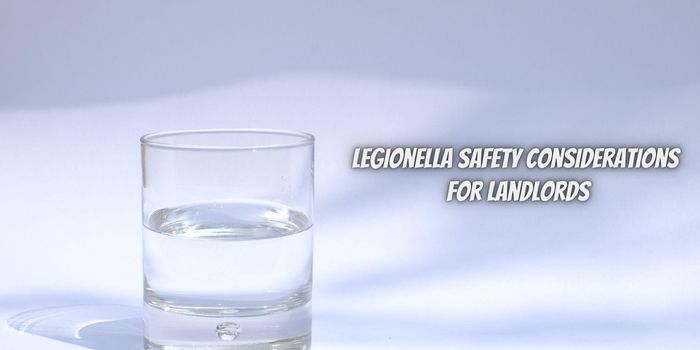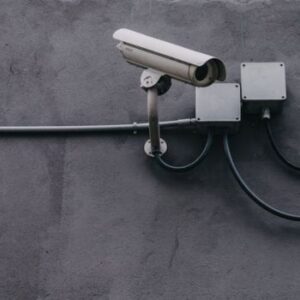Landlords have an obligation to conduct risk analyses and minimize Legionella risks in their properties, taking measures specific to each property and its tenants’ needs.
Main concerns in regard to hot water systems should include maintaining safe temperatures, as well as keeping disinfectant levels high – both of which can be accomplished through regular testing and inspections.
Water Temperature
Temperature control is an essential element of Legionella control, as bacteria thrive in tepid and lukewarm waters but are killed off at high temperatures. Therefore, it’s essential that both hot and cold water temperatures are managed according to risk assessment estimates.
Storage tanks should be kept at 50 degrees Celsius or above, with circulating water maintained above this point. This method may help keep Legionella at bay; however, it shouldn’t be the sole method employed, since other sources like people who fail to disinfect their hands after washing can transmit Legionellosis infections as well. You can visit this helpful site to learn more about killing bacteria in water.
Heating water to kill Legionella is an efficient and quick way to combat its presence; however, other measures must be implemented simultaneously, including disinfection regimes, flushing, cleaning and de-scaling of tank and pipework.
Water Pressure
Legionella bacteria are present in some natural aquatic environments; however, they have also been known to thrive within building systems due to conditions that favor their proliferation; warm temperatures and water stagnation provide ideal environments for this growth.
Buildings with complex water systems must conduct a legionella risk analysis to identify risks and implement control measures to mitigate them. Professional companies like TWC London can help ensure this process is carried out correctly. Regular monitoring should take place to validate and update these assessments.
Thermally unbalanced or non-automated hot and cold water systems with no thermal balancing valves or automatic shut off mechanisms pose an increased risk.
Stagnant water encourages legionella growth; to mitigate this threat it is essential that outlets known as sentinel outlets be identified, regularly checked for hot/cold temperature differences as well as location.
Flushing
Regular flushing of infrequently used water outlets such as taps, showerheads and hoses is essential to mitigating the risks of legionella infection. Health and social care providers must identify “sentinel” outlets to monitor distribution temperatures monthly; drain and clean hot and cold storage tanks and cylinders annually; and flush frequently-used outlets weekly as dictated by risk assessments;
However, it’s essential to recognize that flushing alone cannot eradicate Legionella; testing should always take precedence.
Any organisms free-floating in biofilms will likely be killed off with chemicals or flushed away during hyperchlorination procedures; however bacteria that have embedded themselves deeper within a biofilm may remain and continue to multiply.
Flushing can be an invaluable addition to all supplemental disinfection methods (e.g., chlorine dioxide, monochloramine and copper-silver ionization – you can click the link: https://en.wikipedia.org/wiki/Copper-silver_ionization to learn more); when selecting their strategy for additional disinfection they should consider flushing as one essential part of it.
Flushing keeps water circulating more freely, reduces age of water sources, prevents pathogen growth in environments and enhances overall water quality while reducing chemical supplemental disinfection which could cause corrosion of plumbing materials and equipment.
Ventilation
Proper ventilation of buildings is vital to combating legionella outbreaks. This is particularly relevant when water stagnates – such as where extra plumbing has been added (for instance when installing new shower heads in a bathroom suite).
To effectively combat sediment build-up that promotes legionella growth, it is wise to regularly flush these pipes rather than leaving them caped off and empty – this prevents sediment build-up which could contribute to its spread.
Landlords must ensure that any safety equipment, such as an eye wash or safety shower, is set up and activated at least once each week in order to avoid toxic debris build-up in their systems and endangering people on the property.
Though Legionnaires’ disease is rare in natural environments, all man-made hot and cold systems present a potential risk. Such systems create the ideal conditions for its spread (i.e. suitable temperature range, water droplets, biofilm, scale or rust accumulation etc.). Therefore landlords must conduct risk analyses on every property they rent out. This is essential for the health and safety of residents.




